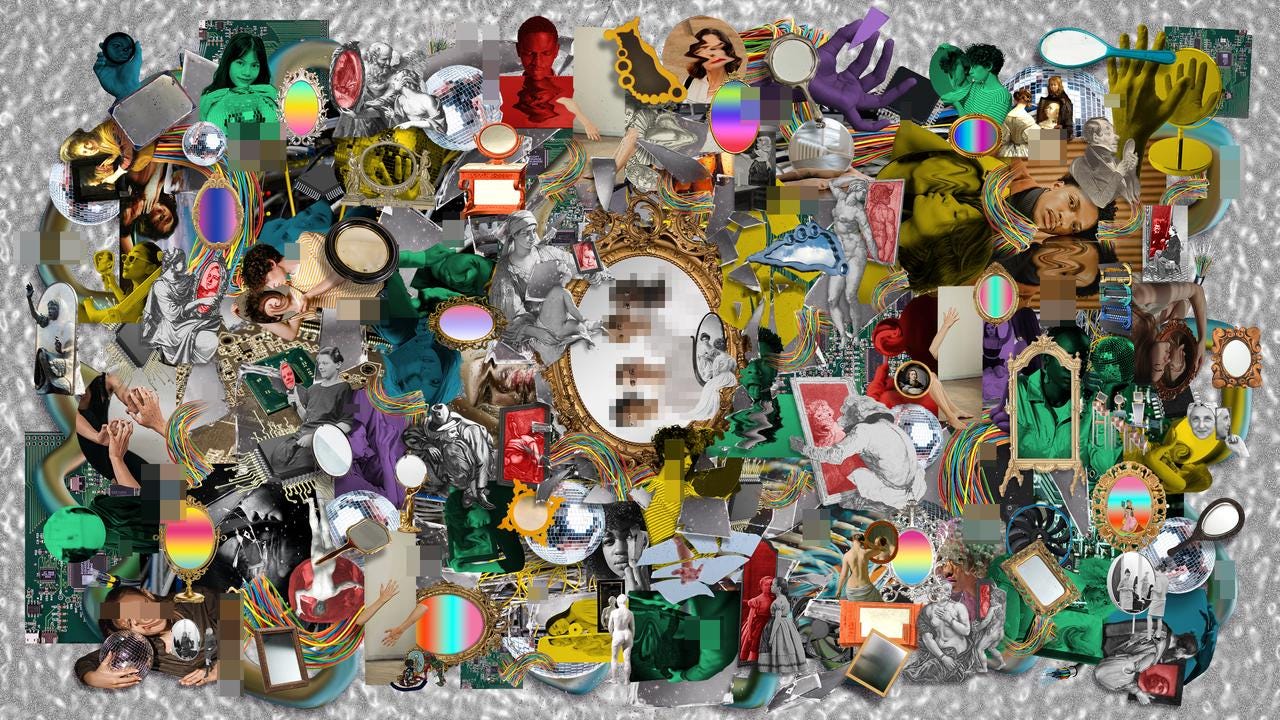How to anticipate different community uses of technology
PLUS: The last chance to register for my for my course.

Overview
The same underlying technology can be used by very different communities shaped by different cultural norms, leading to very different outcomes. Often then, the best way to understand technology’s likely impact on society is with an anthropological lens — it’s in understanding the beliefs, rituals, and practices of communities that we can anticipate future use cases more clearly.
E.g.
For example, some crypto communities see blockchain technology as a mechanism for reinvigorating democratic governance, while others see it through a libertarian, anti-state lens.
In my interview with Nathan Schneider, ‘From Co-ops to Crypto,’ we discussed how the Occupy Wall Street movement shaped his imagined use cases of blockchain technology. In particular, OWS encouraged Schneider to see blockchains as a mechanism for reinvigorating democratic governance.
By stark contrast, in ‘Crypto is not decentralized,’ I showed how early crypto projects like Bitcoin were underpinned by a libertarian, anarcho-capitalist belief system, shaped by the values and beliefs of Web 1, which were themselves rooted in the counterculture movements of the 1960s-70s.
In ‘What connects crypto and the Netflix show ‘Love is Blind’?' I argued that as crypto is becoming fully financialized, speculation is increasingly underpinning the cultural practices of crypto communities.
In “The Church of Number Go Up,” I argued that while some crypto projects represent casino culture, and others reflect the culture of a ‘strict church,’ there are new entrants that are far more pragmatic and secular who are focused on generating value over policing collective belief.
Across these instances, we see the same underlying technology, but very different communities shaped by different cultural norms and movements, leading to very different use cases.
Course: Sociotechnical Systems Change, April 26-27*
This is the last week to register for cohort #2 of my course. After two live, online, interactive sessions, you’ll be able to:
See clearly how power shapes your system.
Anticipate how emerging technologies like AI shape (and are shaped by!) your system.
Map the complex dynamics of your system.
Develop strategies to reimagine and change your system.
You’ll come away with key skills to analyze and change the system you’re in and a 90-page workbook full of 30 exercises and tools to help you put them into practice. (Register)
Resources
Approaches
Think like an anthropologist
The next time you see a technological phenomenon take off, ask what community beliefs, rituals, and practices are likely to shape it. It’s possible you might even notice the rituals first — because these are a key part of how the new phenomenon travels through networks. This requires thinking like an anthropologist — making the familiar strange, and the strange familiar. While it’s not always obvious what’s strange and what’s familiar — we are not separate from social and cultural systems — Gillian Tett offers a great question in her book Anthro-Vision: A New Way to See in Business and Life: “If I was to arrive in this culture, as a total stranger, or as a Martian or child, what might I see?”
Now, adopt the role of alien and apply this thought experiment to artificial intelligence in the U.S. in 2025. What do you see? (Add your answer in the comments!)
Okay, that’s it for now,
Charley




I totally agree that more people would benefit from reading anthropologists and adopting an anthropological mindset (but then I am biased). Michael Engelke’s 2019 book Think Like an Anthropologist offers valuable insights that could help many Substack writers who seem to struggle with concepts that anthropologists have long understood.